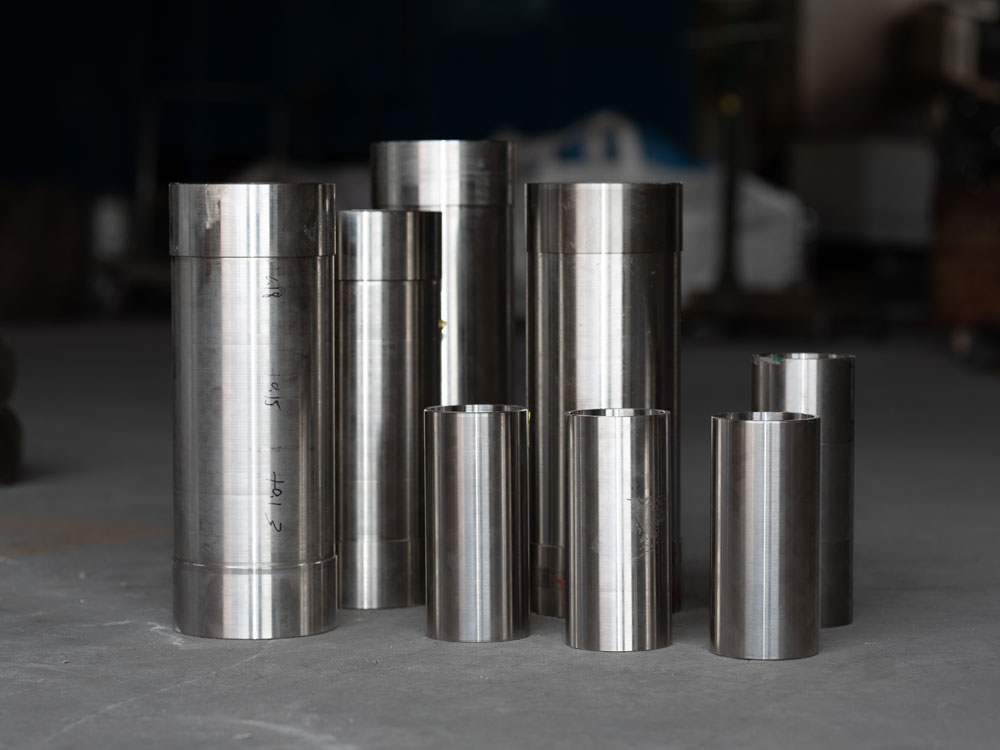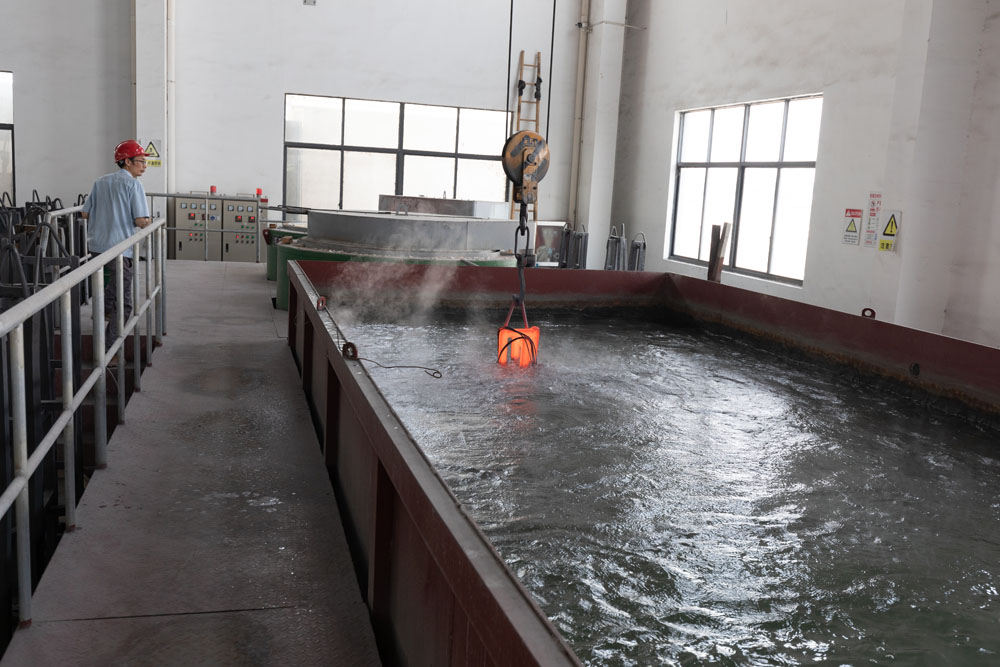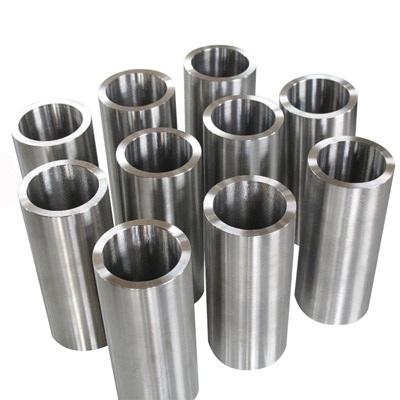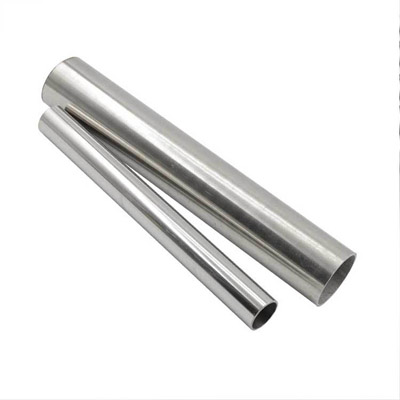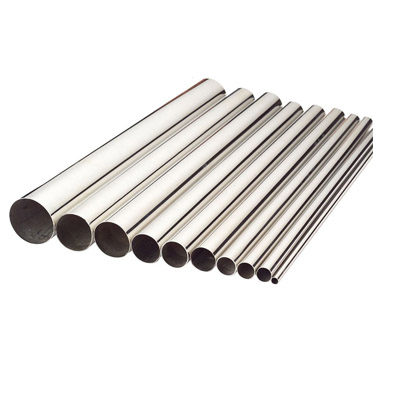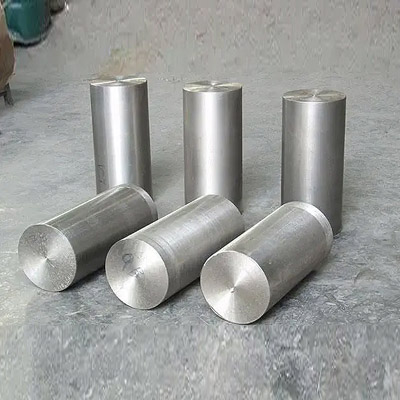The difference between duplex stainless steel and super duplex stainless steel
When it comes to stainless steel, there are many options. One of the most popular options is duplex stainless steel. But what exactly is duplex stainless steel, and how is it different from super duplex stainless steel? Let's take a closer look.
What is duplex stainless steel?
Duplex stainless steel combines the properties of ferritic steel and austenitic steel to combine strength and corrosion resistance in a single material. It consists of two phases - ferrite (70%) and austenite (30%). The combination of these two phases provides high strength and excellent impact resistance, as well as a high level of corrosion resistance. This makes it ideal for chemical plants, desalination plants, Marine environments, wastewater treatment facilities, Bridges and other applications.
What is Super duplex stainless steel?
Super duplex stainless steel has all the same properties as regular duplex stainless steel, but has higher corrosion resistance due to its higher chromium content. This makes it a better choice for highly corrosive environments, such as offshore oil RIGS and other harsh environments exposed to seawater or acids. It also has a higher yield strength than normal duplex steel, so it can be used in applications where strength is prioritized, such as Bridges or heavy machinery parts.
Duplex stainless steel and super duplex stainless steel
The main difference between duplex stainless steel and super duplex stainless steel is their chromium and nitrogen content. Although the chromium content of both is similar, the nitrogen content of super duplex stainless steel is much higher, which helps it improve corrosion resistance than ordinary duplex steel. In addition, super duplex steel also has a higher yield strength, which makes it more suitable for applications where strength takes precedence over corrosion resistance.
works
Duplex stainless steel consists of austenitic and ferritic microstructures, while super duplex stainless steel contains additional austenitic microstructures. The composition of super duplex stainless steel is usually 25-27% chromium, 7-8% nickel, 3-5% molybdenum and 0.15-0.45% nitrogen.
strength
Duplex stainless steel is twice as strong as austenitic stainless steel, and super duplex stainless steel is even stronger. The extra strength of super duplex stainless steel makes it ideal for applications that require high strength and corrosion resistance, such as offshore oil and gas production.
Corrosion resistance
Duplex stainless steel and super duplex stainless steel have high corrosion resistance. However, super duplex stainless steels have better corrosion resistance due to the addition of austenitic microstructure. This microstructure has excellent resistance to pitting and crevice corrosion, making it ideal for use in corrosive environments.
cost
Duplex stainless steel is generally cheaper than super duplex stainless steel due to its lower nickel content. However, the cost difference between the two grades will vary depending on the specific alloy and supplier.
Application field
Duplex stainless steel is commonly used in a variety of industries, including chemical processing, oil and gas production, paper and seawater desalination. Super duplex stainless steel is often used in more demanding applications, such as offshore oil and gas production and seawater desalination.
Conclusion:
In conclusion, when deciding whether to use standard or super duplex stainless steel in your application, you should consider the importance of corrosion protection and strength to your project needs. If you need excellent corrosion protection, then super duplex steel may be the right choice, while if you need higher strength, then the standard grade may be the best for you. Whichever type you choose, be sure to talk to an experienced professional who can help guide you through the decision-making process so that your project is a success!



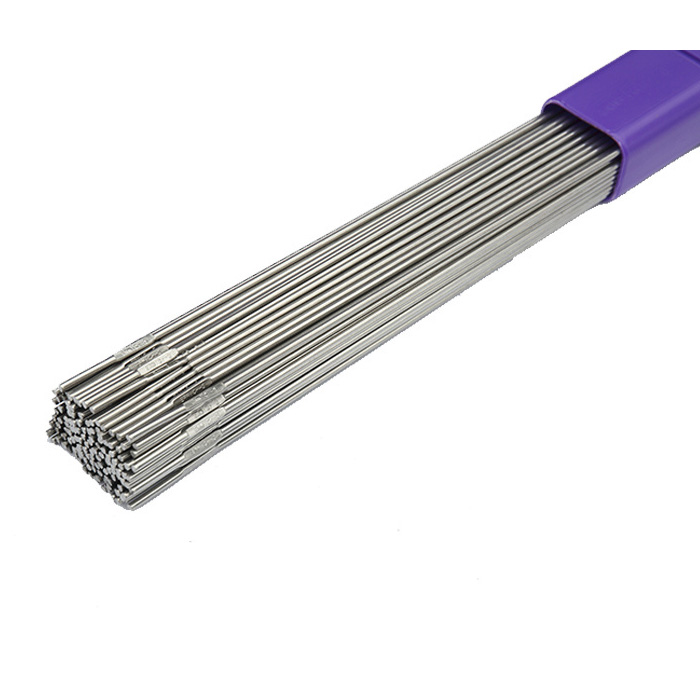 Inconel 625
Inconel 625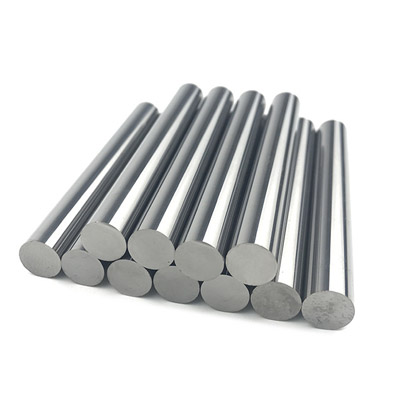 Inconel 718
Inconel 718 Inconel 725
Inconel 725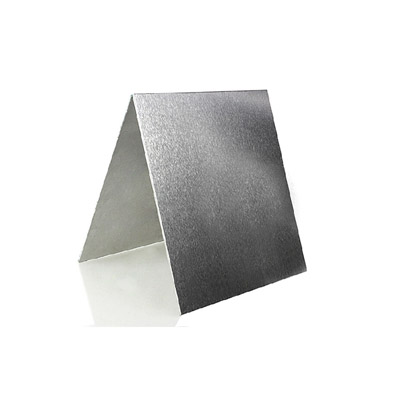 Inconel X-750
Inconel X-750 Inconel 690
Inconel 690 Inconel 617
Inconel 617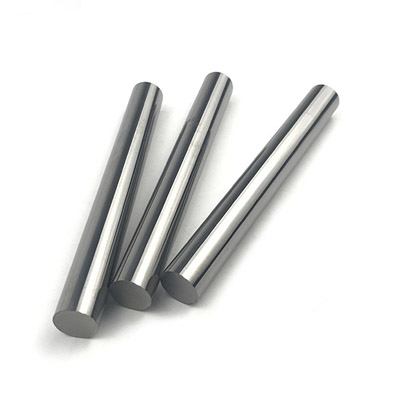 Inconel 601
Inconel 601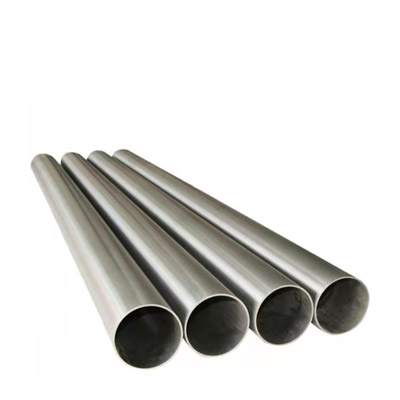 Inconel 600
Inconel 600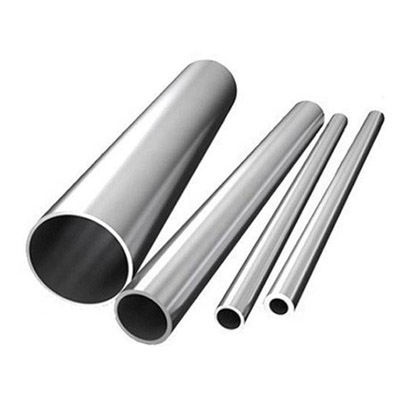 Inconel 686
Inconel 686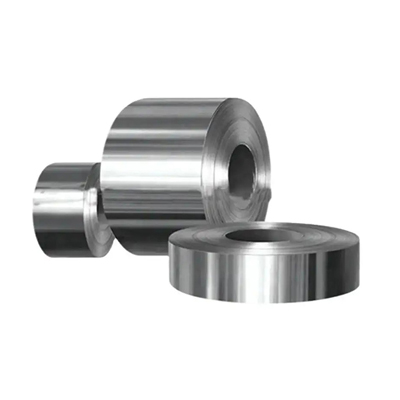 Inconel 602CA
Inconel 602CA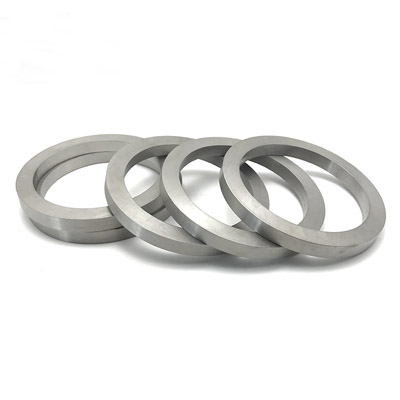 Incoloy A-286
Incoloy A-286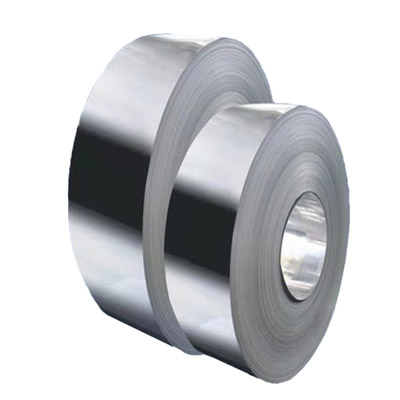 Incoloy 825
Incoloy 825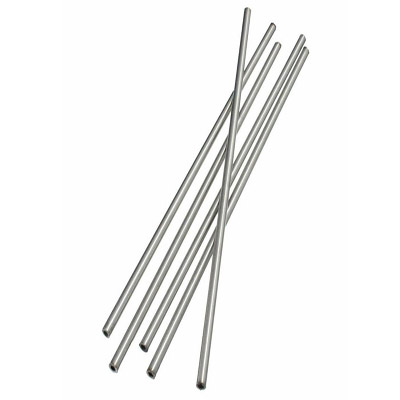 Incoloy 925
Incoloy 925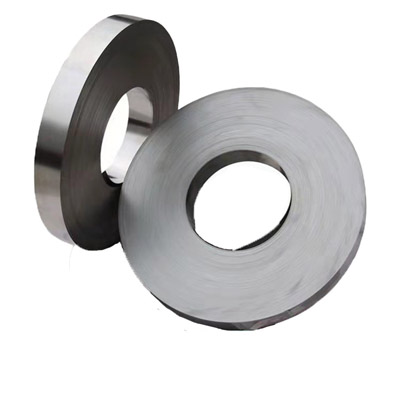 Incoloy 926
Incoloy 926 Incoloy 800
Incoloy 800 Incoloy 800H
Incoloy 800H Incoloy 800HT
Incoloy 800HT Incoloy 909
Incoloy 909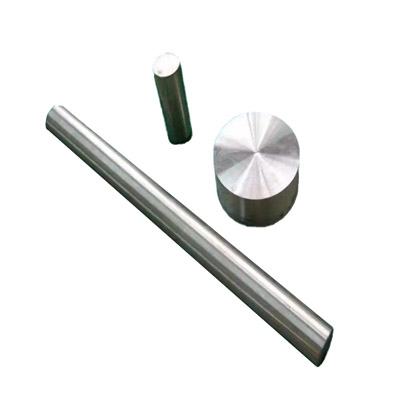 Incoloy 31
Incoloy 31 Incoloy 901
Incoloy 901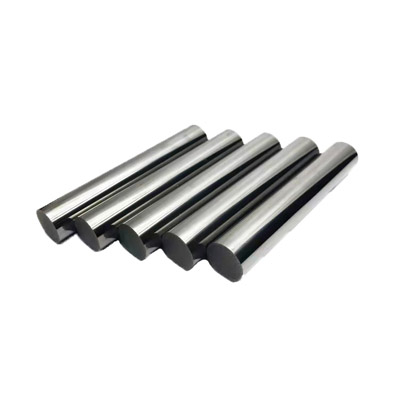 Monel K-500
Monel K-500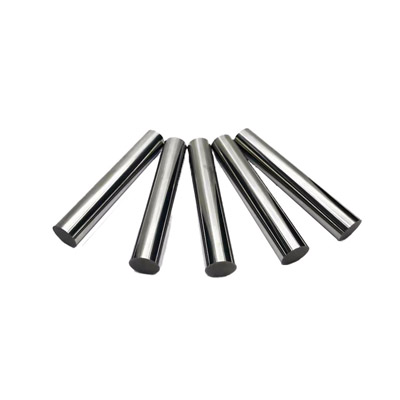 Monel 400
Monel 400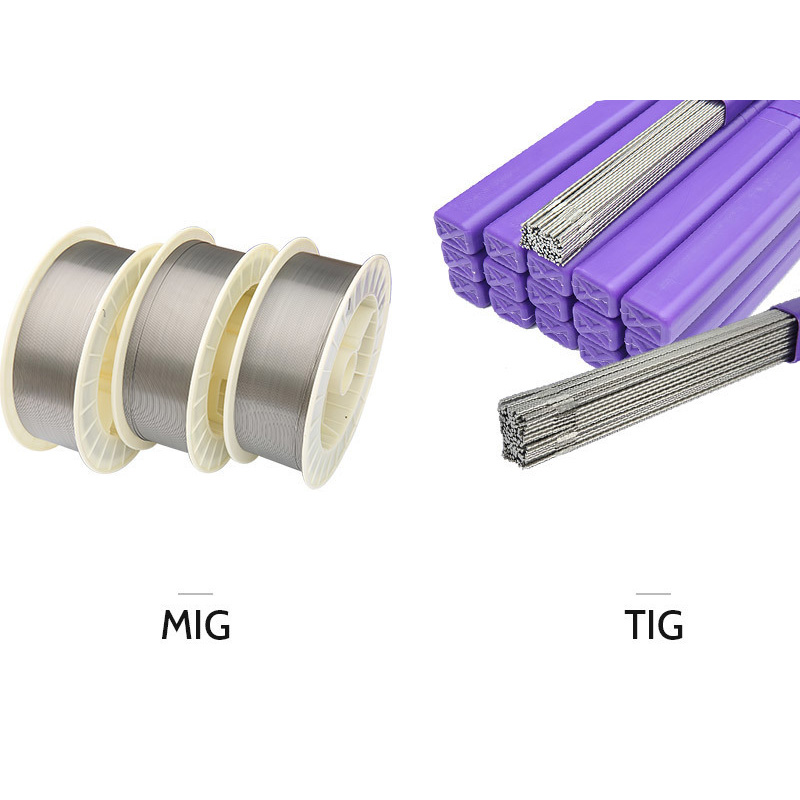 Nimonic 263
Nimonic 263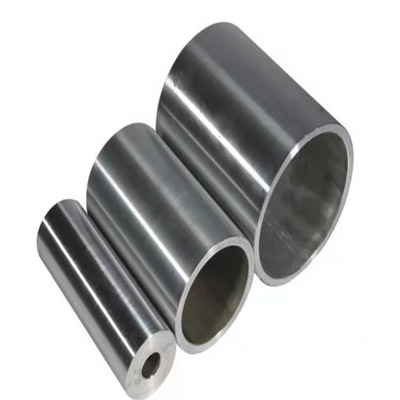 Nimonic 75
Nimonic 75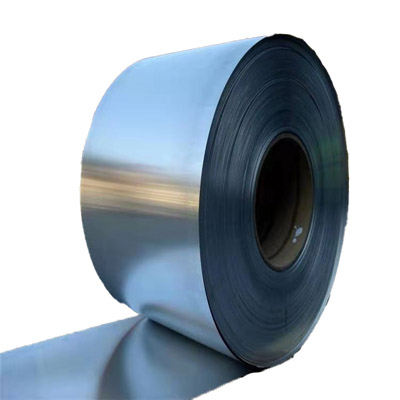 Nimonic 80A
Nimonic 80A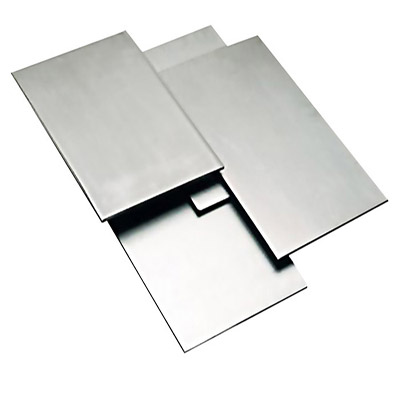 Nimonic 90
Nimonic 90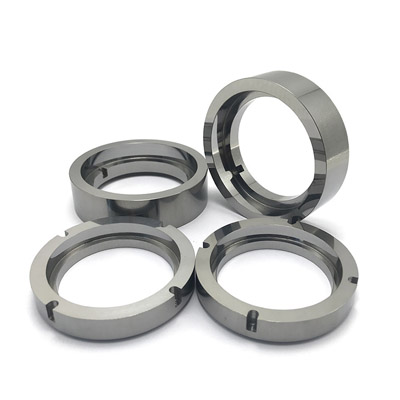 Nimonic PE11
Nimonic PE11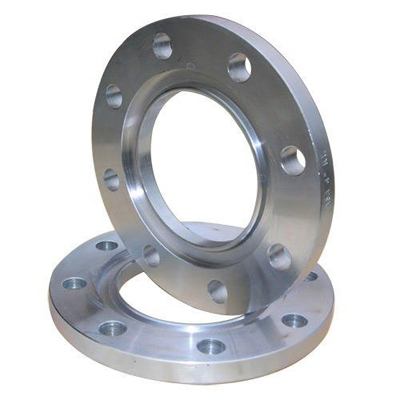 Nimonic PE16
Nimonic PE16 Nimonic PK33
Nimonic PK33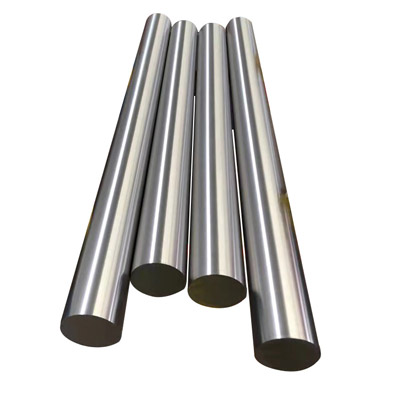 Nimonic 901
Nimonic 901 Nimonic 81
Nimonic 81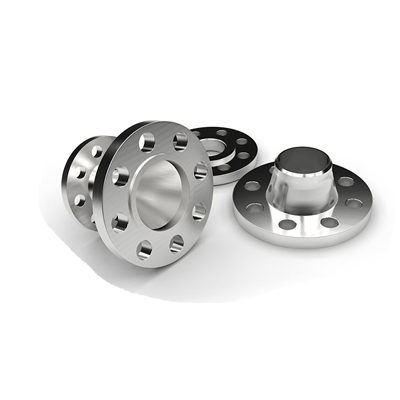 Nimonic 86
Nimonic 86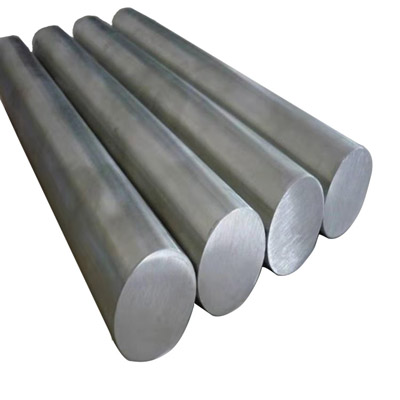 Nimonic 105
Nimonic 105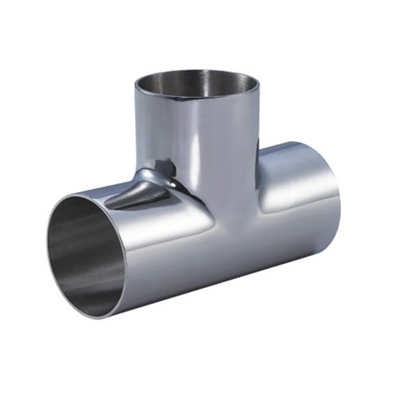 Nimonic 115
Nimonic 115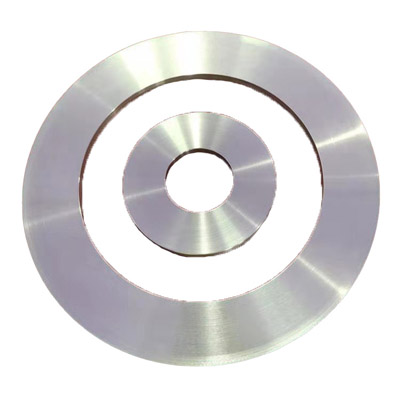 Hastelloy C-276
Hastelloy C-276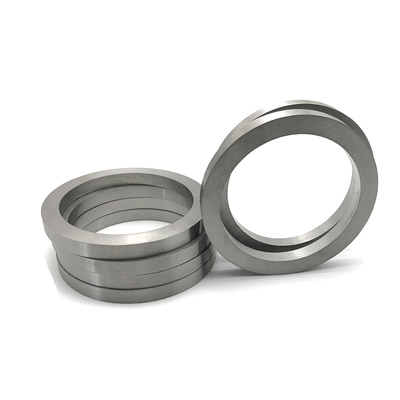 Hastelloy C
Hastelloy C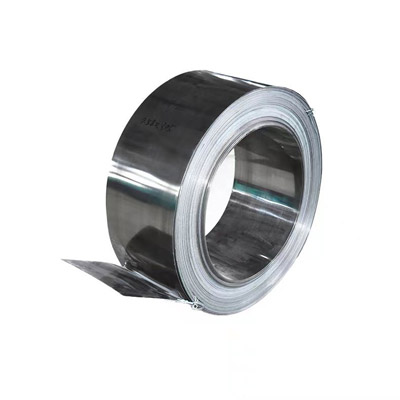 Hastelloy C4
Hastelloy C4 Hastelloy C-22
Hastelloy C-22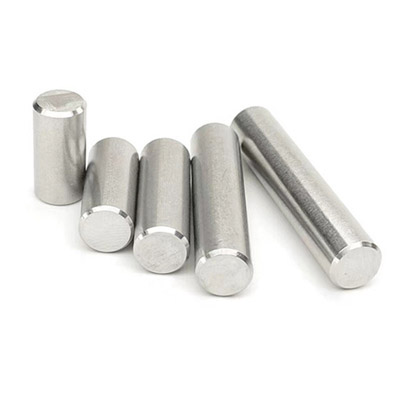 Hastelloy C-2000
Hastelloy C-2000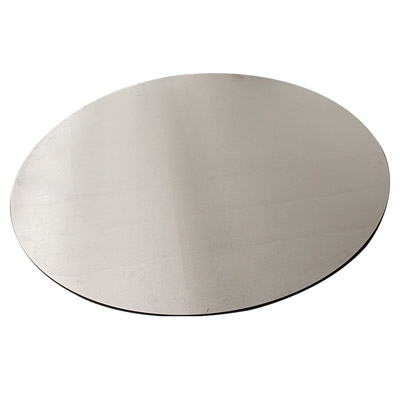 Hastelloy B-2
Hastelloy B-2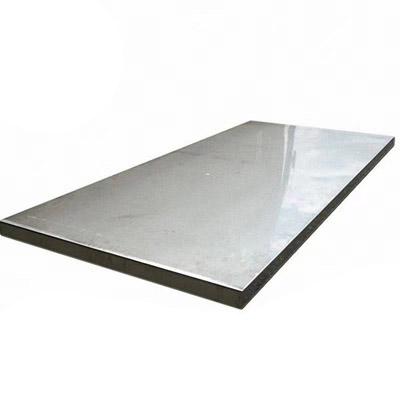 Hastelloy B-3
Hastelloy B-3 Hastelloy G30
Hastelloy G30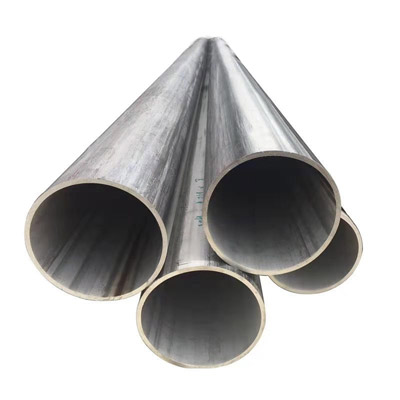 Hastelloy X
Hastelloy X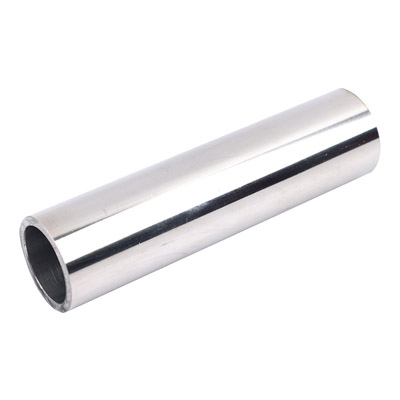 Super Invar 32-5(4J32)
Super Invar 32-5(4J32)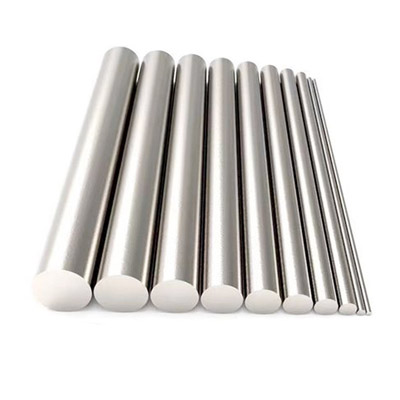 Alloy 36(4J36)
Alloy 36(4J36)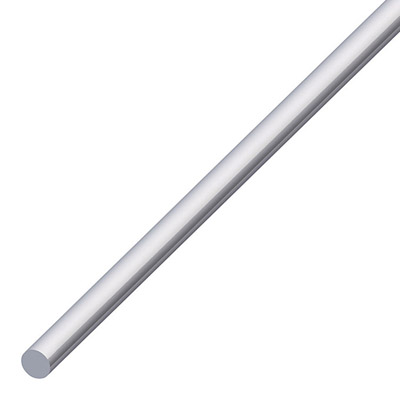 Alloy 42(4J42)
Alloy 42(4J42) Alloy 50(1J50)
Alloy 50(1J50) Hiperco 50(1J22)
Hiperco 50(1J22)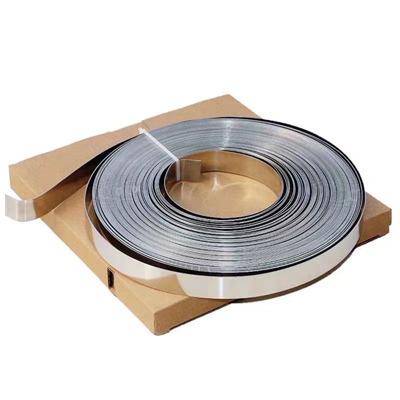 Alloy 46
Alloy 46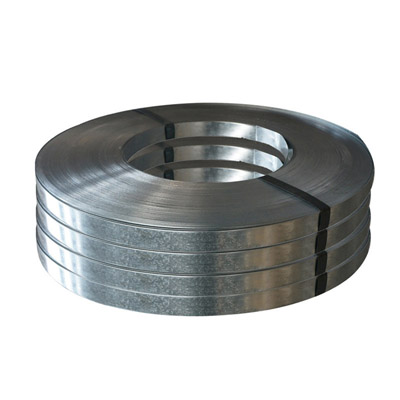 Permalloy (1J79)
Permalloy (1J79) Supermalloy(1J85)
Supermalloy(1J85)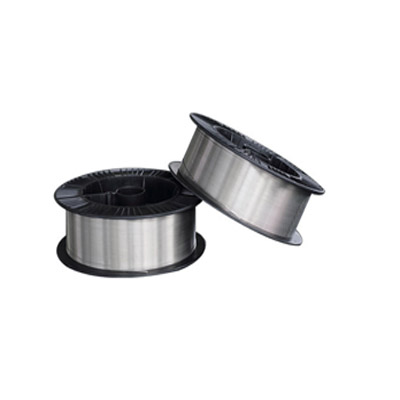 ERNiCrMo-2
ERNiCrMo-2 ERNiCrMo-3
ERNiCrMo-3 ERNiCrMo-4
ERNiCrMo-4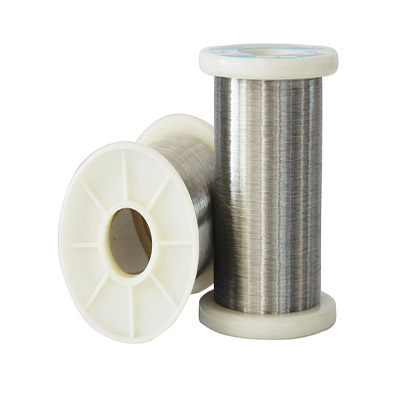 ERNiCrFe-7
ERNiCrFe-7 ERNiCrFe-7A
ERNiCrFe-7A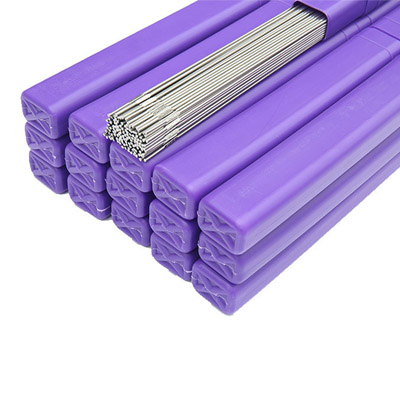 ERNiCrMo-10
ERNiCrMo-10 ERNiCrCoMo-1
ERNiCrCoMo-1 ERNiFeCr-2
ERNiFeCr-2 ERNiFeCr-1
ERNiFeCr-1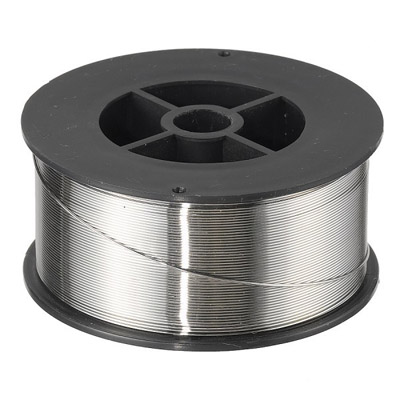 ERNiMo-8
ERNiMo-8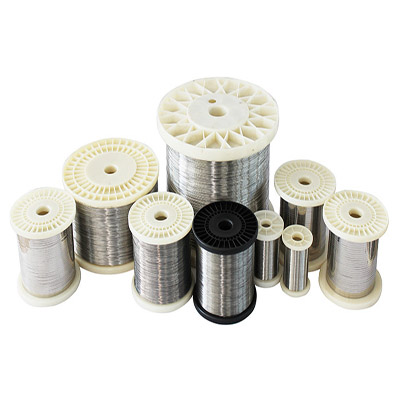 ERNiCrMo-13
ERNiCrMo-13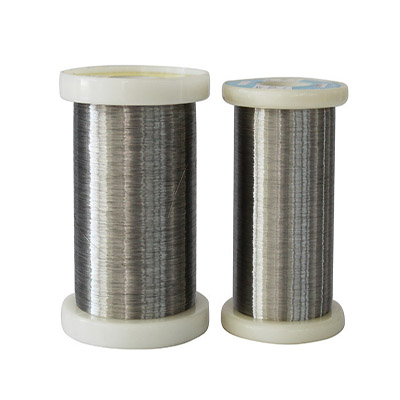 ERNiCr-4
ERNiCr-4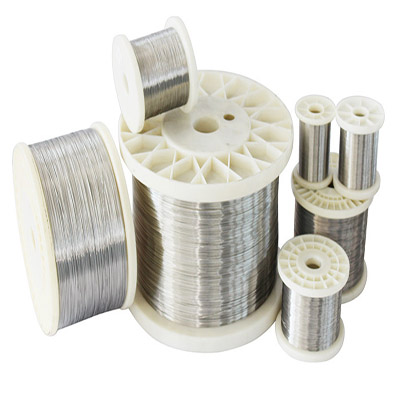 ERNiCr-3
ERNiCr-3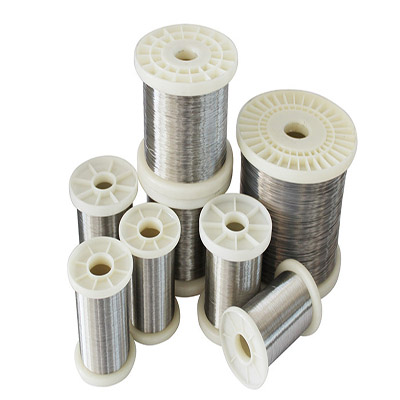 ERNi-1
ERNi-1 Haynes-25
Haynes-25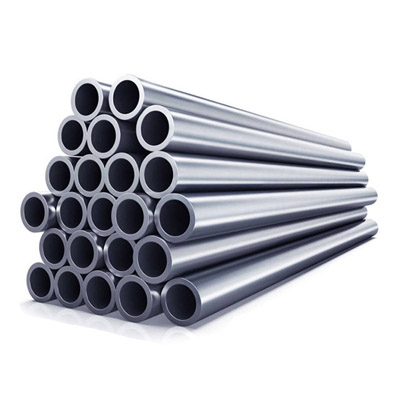 Hayness-188
Hayness-188 MP35N
MP35N Refractory 26
Refractory 26 Waspaloy alloy
Waspaloy alloy 17-4PH
17-4PH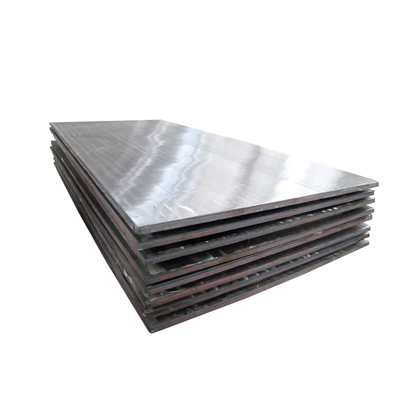 17-7PH
17-7PH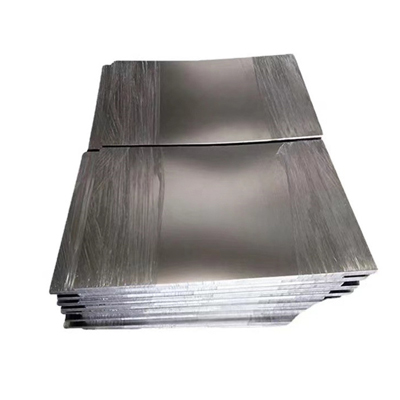 904L
904L Nitronic 50
Nitronic 50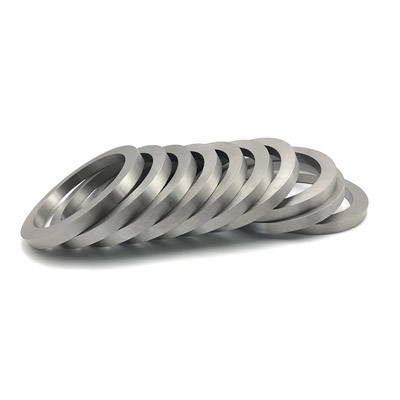 Nitronic 60
Nitronic 60 AL-6XN
AL-6XN F55
F55 PH 13-8
PH 13-8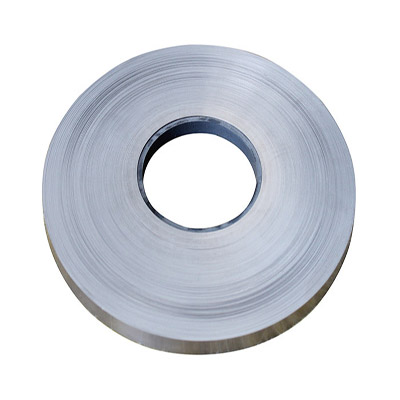 Haynes-230
Haynes-230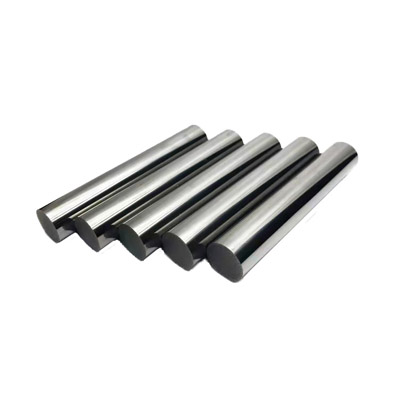 Nickel 200
Nickel 200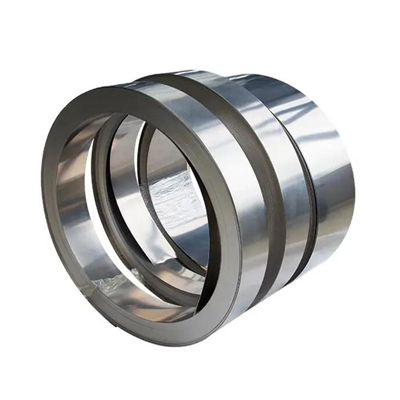 Cr20Ni80
Cr20Ni80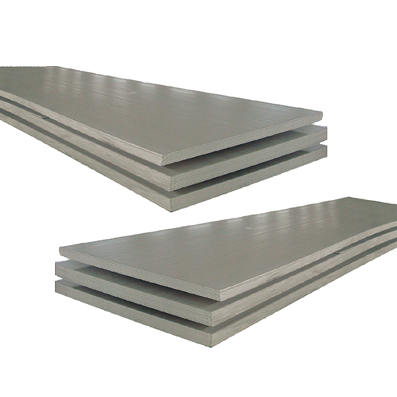 Sheet & Plate
Sheet & Plate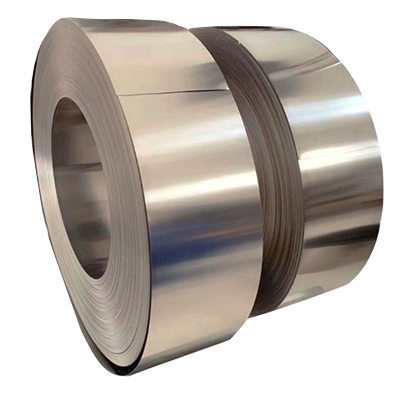 Strip & Foil
Strip & Foil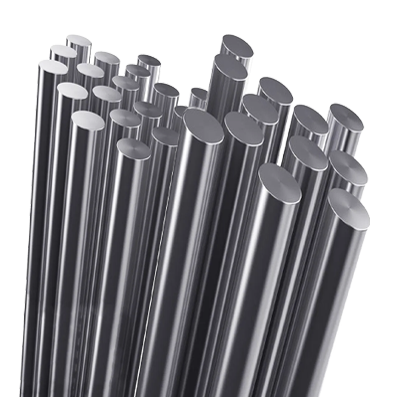 Bar & Rod
Bar & Rod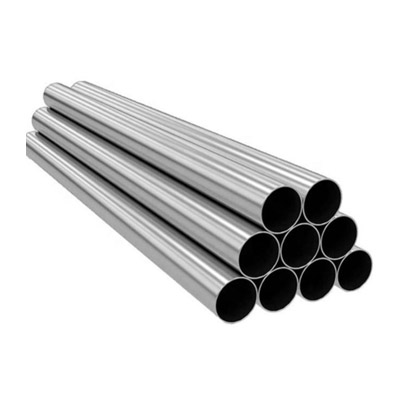 Pipe & Tube
Pipe & Tube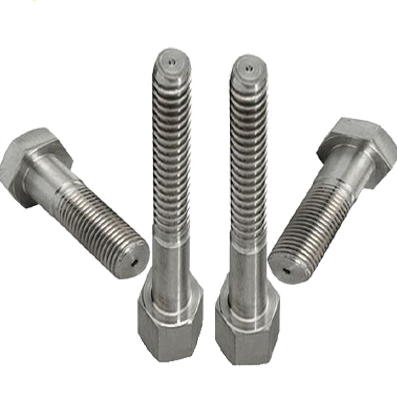 Bolts & Fasteners
Bolts & Fasteners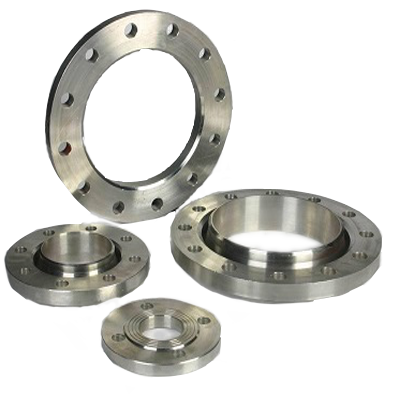 Flange & Ring
Flange & Ring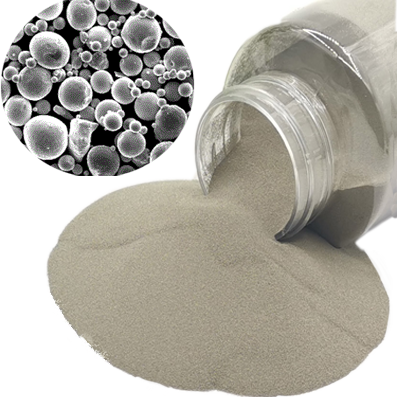 Nickel Alloy Powder
Nickel Alloy Powder
